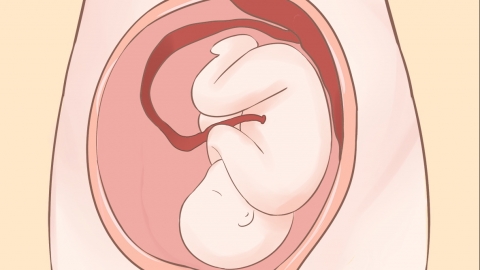What does it mean that the placenta is located on the anterior wall of the uterus?
Under normal circumstances, the placenta is located on the anterior wall of the uterus. This is a description of the placental implantation site within the uterus, referring to the placenta attaching to the side of the uterus near the abdominal wall. Detailed analysis is as follows:

The placenta serves as a bridge connecting the mother and the fetus, responsible for providing nutrients and oxygen to the fetus while assisting in the removal of waste products. The placenta can attach at various locations within the uterus, such as the anterior wall, posterior wall, or fundus. When the placenta is located on the anterior wall of the uterus, it means the placenta mainly attaches to the front portion of the uterus, which is generally considered a normal placental position. In most cases, a placenta located on the anterior uterine wall does not negatively affect the health of the pregnant woman or the fetus. However, due to potentially reduced cushioning effects of the placenta, pregnant women may perceive fetal movements earlier. If the placenta is positioned too low, near or covering the internal cervical os, it may increase the risk of bleeding during pregnancy, especially in the third trimester and during labor.
When informed that the placenta is located on the anterior wall of the uterus, it is important to determine whether placenta previa exists and to follow the doctor's guidance for appropriate prenatal management and precautions. In all cases, regular prenatal checkups and maintaining communication with the doctor are essential.





